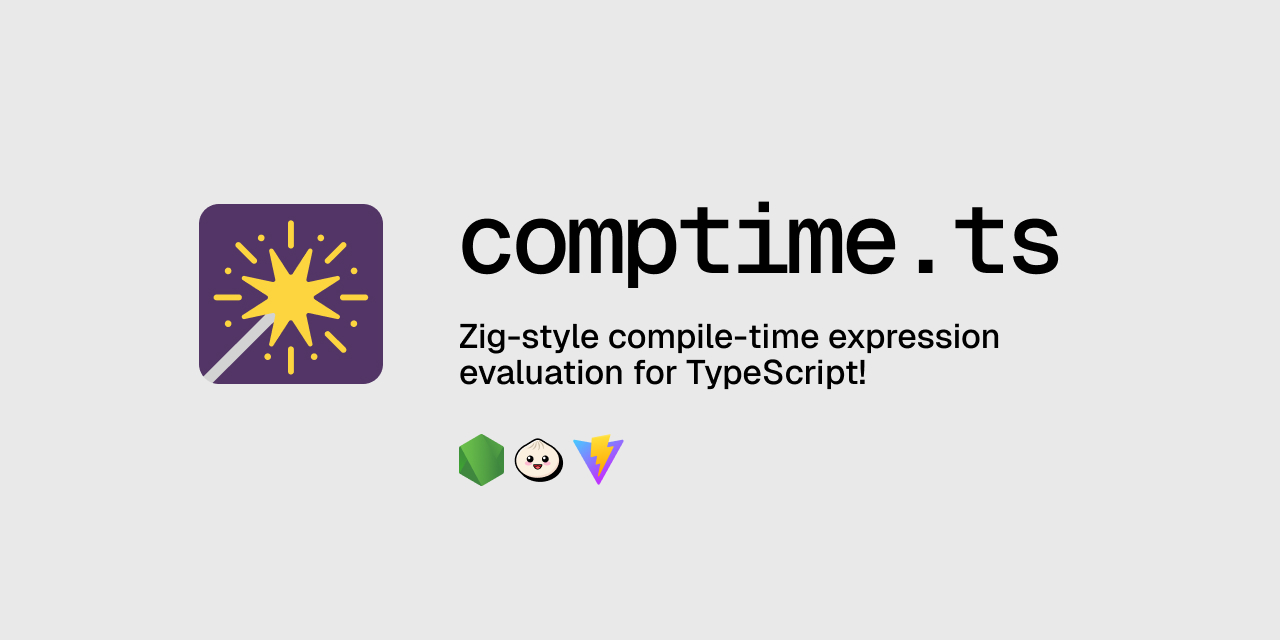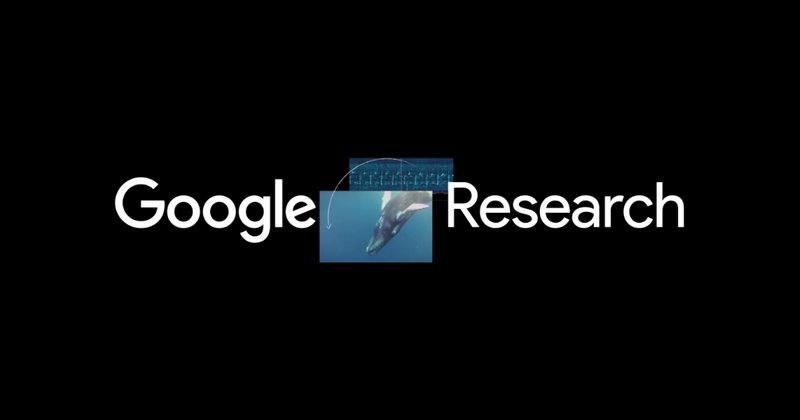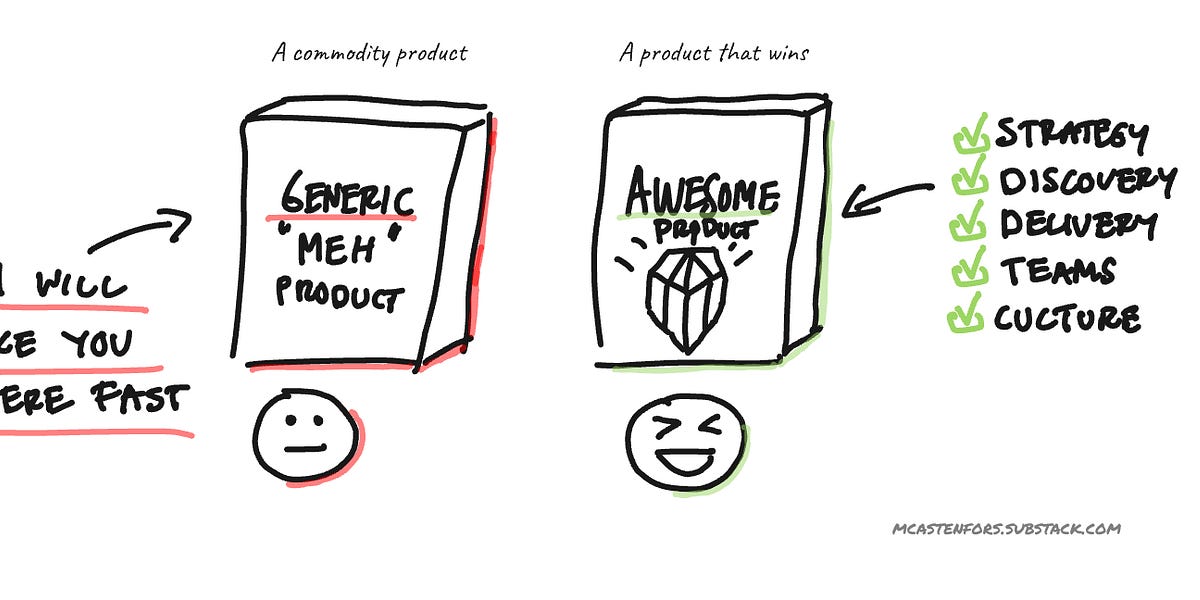Double-loop learning
The concept of double-loop learning was introduced by Chris Argyris in the 1970s. Double-loop learning entails the modification of goals or decision-making rules in the light of experience. In double-loop learning, individuals or organizations not only correct errors based on existing rules or assumptions (which is known as single-loop learning), but also question and modify the underlying assumptions, goals, and norms that led to those actions. The first loop uses the goals or decision-making rules, the second loop enables their modification, hence "double-loop". Double-loop learning recognises that the way a problem is defined and solved can be a source of the problem.[ 1] This type of learning can be useful in organizational learning since it can drive creativity and innovation, going beyond adapting to change to anticipating or being ahead of change.[ 2]
Double-loop learning is contrasted with "single-loop learning": the repeated attempt at the same issue, with no variation of method and without ever questioning the goal. Chris Argyris described the distinction between single-loop and double-loop learning using the following analogy:










